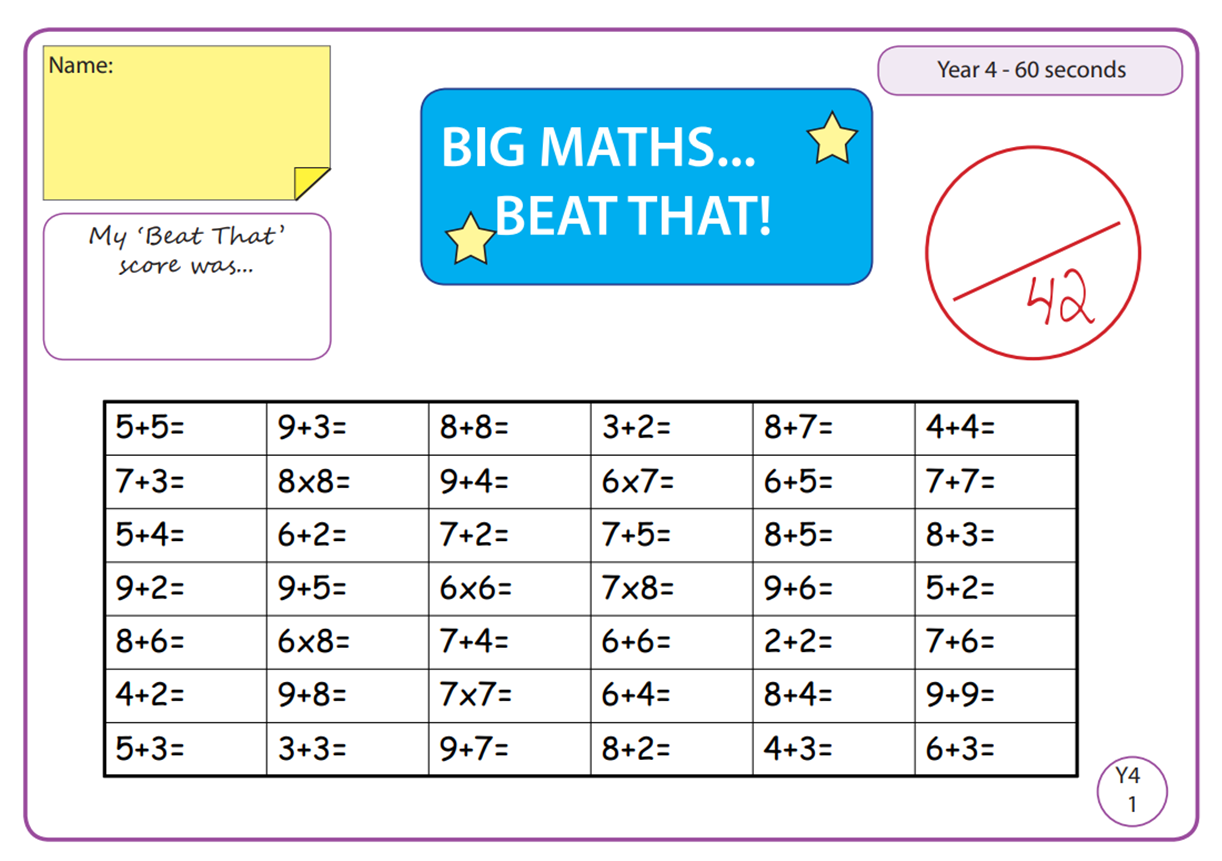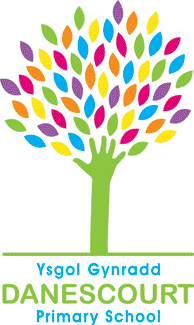The following page provides information on the coverage of skills taught within mathematics and numeracy for the Autumn term. These are:
|
Place Value
|
• Revise reading and writing numbers to at least 1000 in numerals and in words
• recognise the place value of each digit in a 3-digit number (hundreds, tens, ones), moving
onto 4 digits.
• Partition 4 digit numbers
• Compare and order 4 numbers; use <, > and = signs and place on a number line.
• Revise counting in steps of 3 and 4 from any number, forward and backward (counting
stick, practical tasks)
• identify, represent and estimate numbers using different representations, including the
number line (use different start and end points on the counting stick)
• use place value and number facts to solve problems (ensure practical opportunities and a
range of contexts)
• use place value and number facts to solve problems inc. Measures
|
|
Addition and Subtraction
|
Mental
• Add 2 digit numbers.
• Subtract 2 digit and 2 digit numbers.
Written
• Use column method to add two 3 digit numbers.
• Use expanded method to subtract two 3 digit numbers with exchanging.
• Solve word problems.
|
|
Shape
|
• Recognise and draw line symmetry in shapes.
• Draw the other half of symmetrical shapes.
• Classify 2D shapes into regular and irregular polygons
• Sort 2D shapes into types of triangles and quadrilaterals and explain reasoning.
• Revise 3D shapes.
• Find a 2D shapes in a 3D shape.
• Find the perimeter of regular polygons.
|
|
Multiplication and division
|
Mental
• Learn the multiplication and division facts for the 6 and 9 times tables.
• Multiply multiples of 10 by single digit numbers.
• Use mental strategies and table facts to divide 2 digit and 3 digit numbers by 1 digit
numbers to give answers between 10 and 35 without remainders.
Written
• Revise2 digit numbers by single digit numbers using the grid method.
• Use the grid method to multiply 3 digit by single digit numbers and introduce the
expanded method to begin to estimate products.
• Divide numbers up to 2 digits by a single digit numbers with no remainder and a remainder
using bus stop.
• Use appropriate multiplication and division strategies to solve problems.
|
|
Temperature
|
• Scales in different increments.
• choose and use appropriate measuring equipment to measure temperature
• Measure, order and compare temperatures
• Identify negative numbers in a sequence.
• Use <> = to compare measurements
• Solve problems using temperature.
• Use negative numbers in a scale.
|
|
Algebra
|
Revise
• A x B = B x A
• A+B = B + A
• Count in steps of 3s, 4s, 6s and 8s
• Count in odds and evens, forward and backwards in whole numbers
• Complete missing values within a given sequence
• Generate sequences starting at and ending at different points, including counting back
Introduce
• Identify missing number, number sentences using appropriate table facts, addition and
subtraction facts.
|
Pupils are challenged every week to improve their fluency in integral number skills such as multiplication and addition facts. Here is an example of the Year Four Big Maths Challenge. Pupils are encouraged to use the habit 'Get it Right!' to improve their scores and time. Here is an example below:


